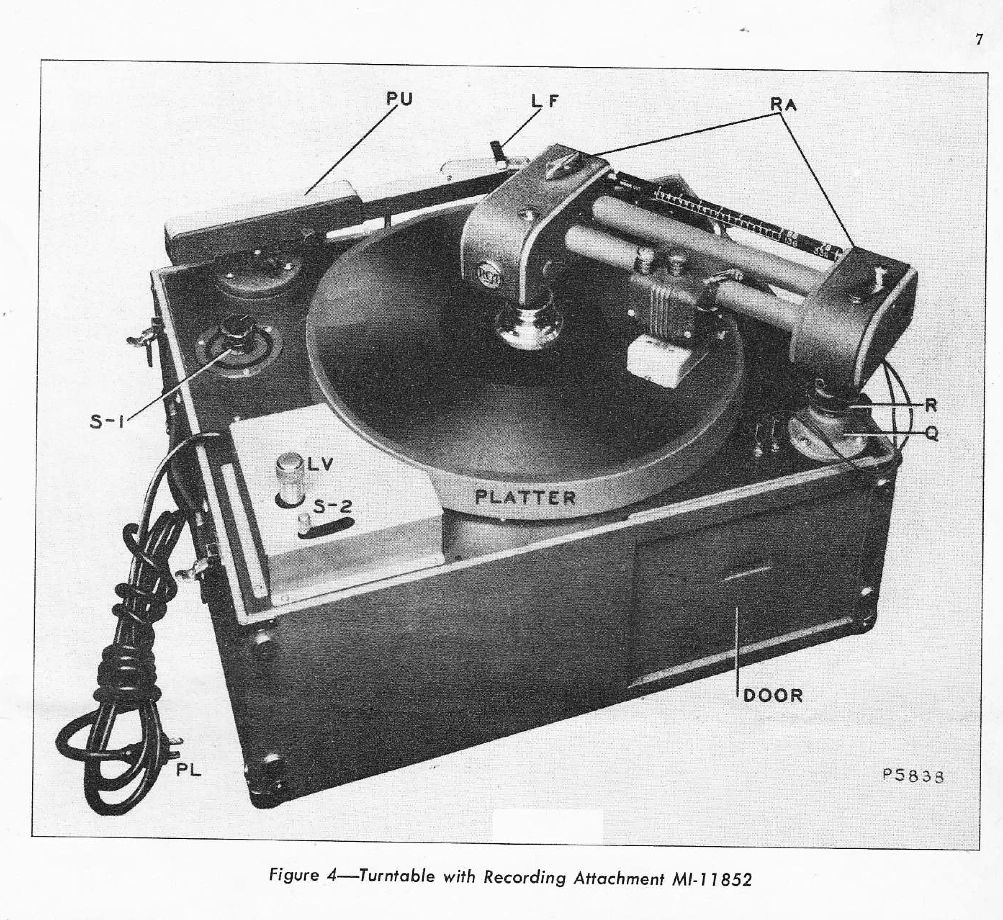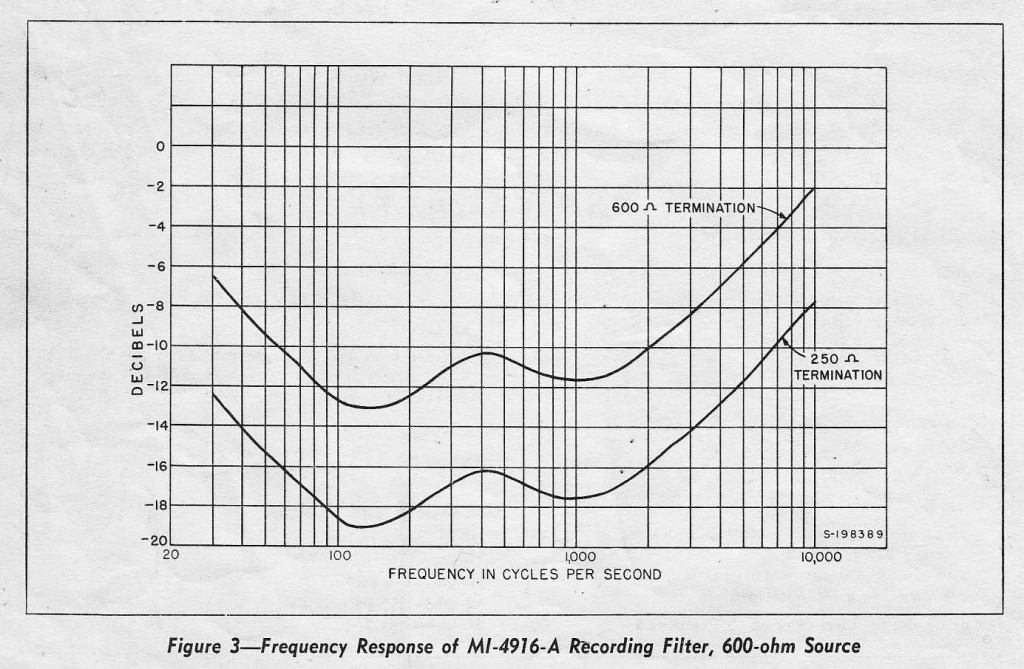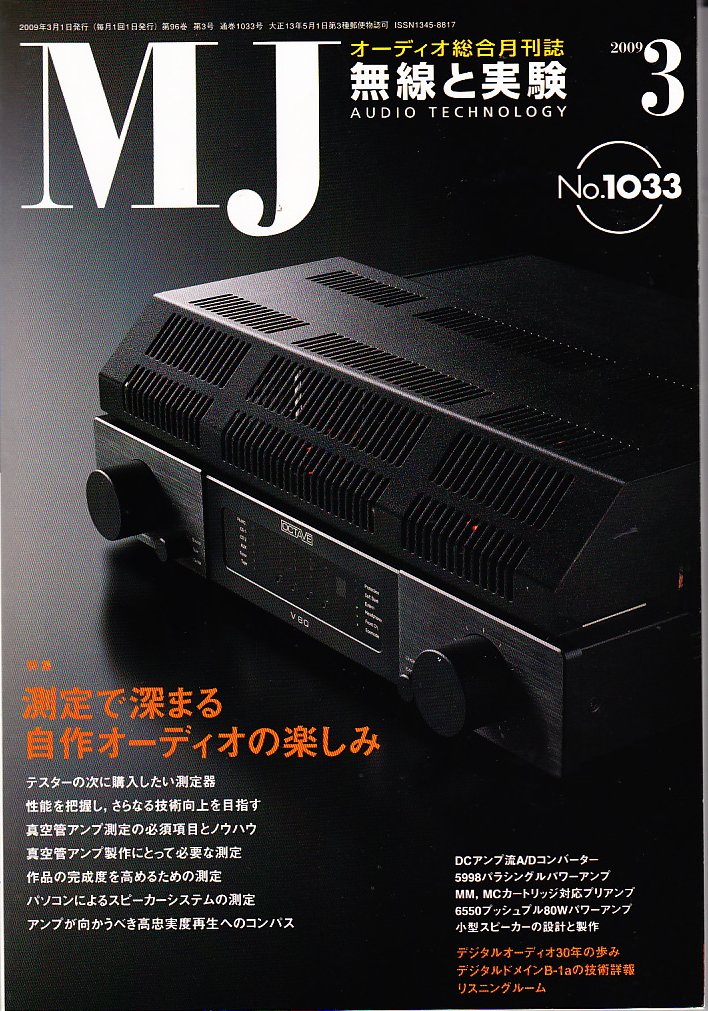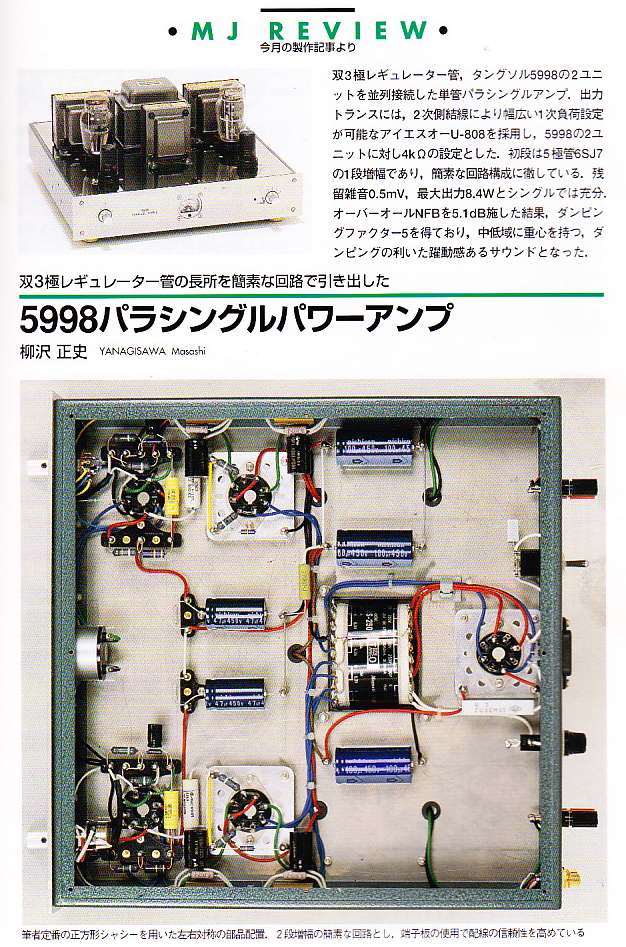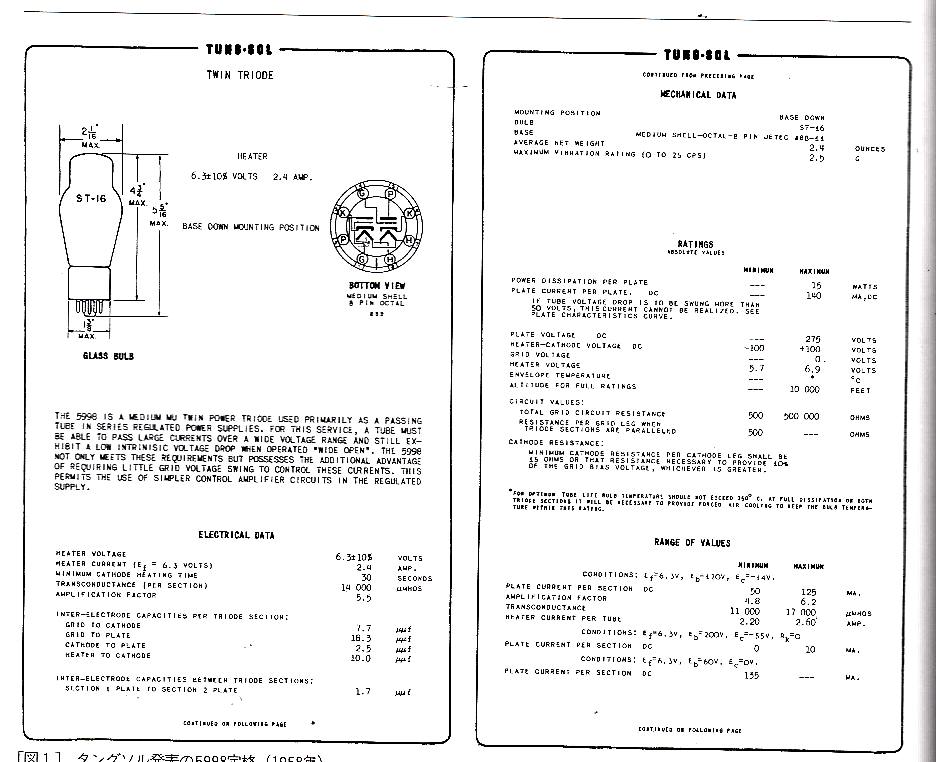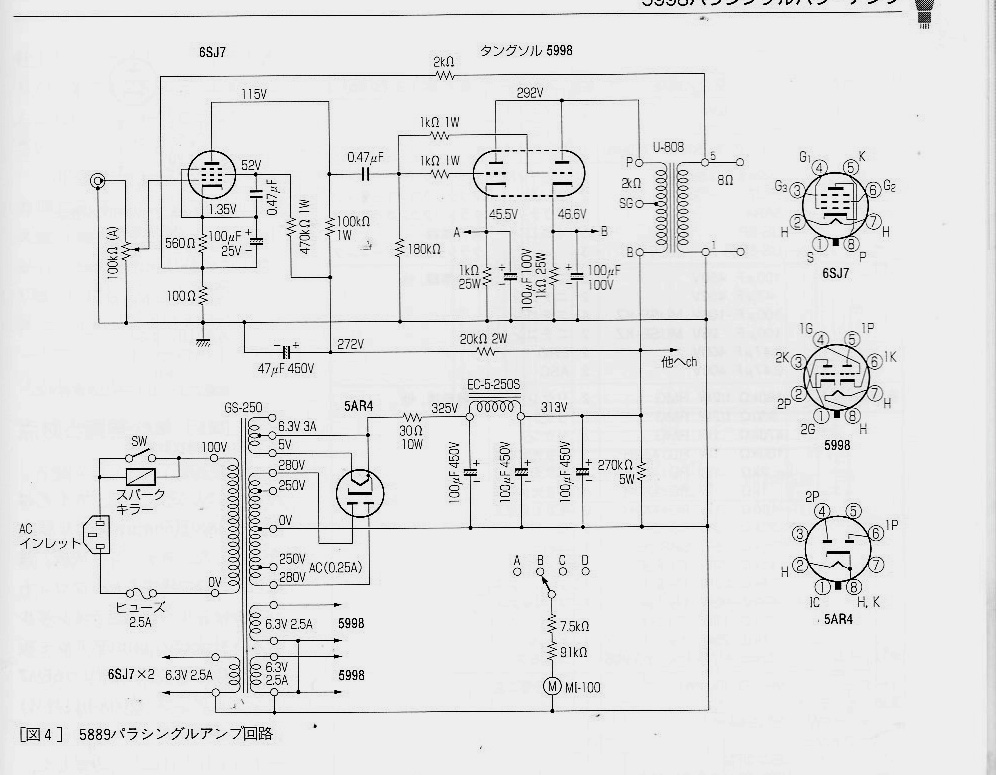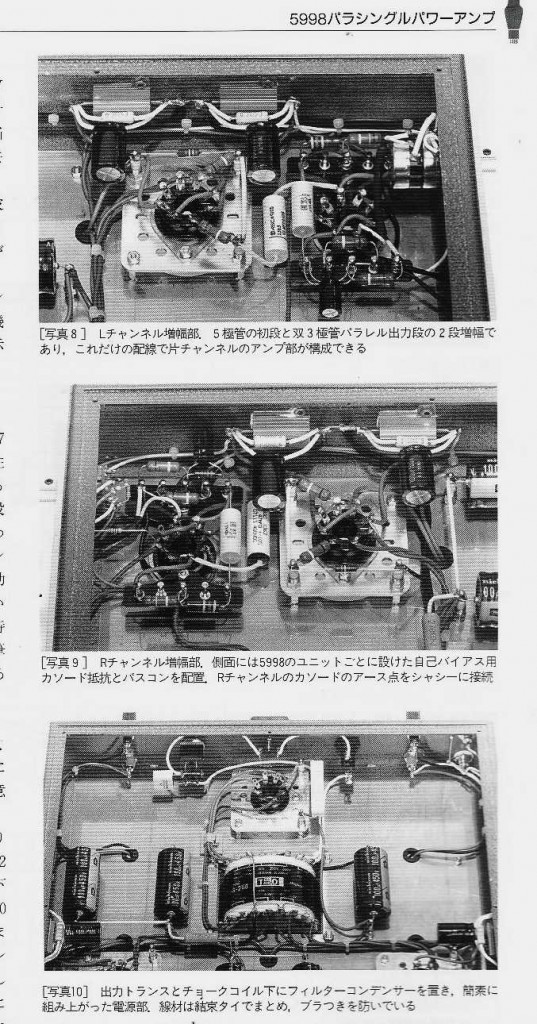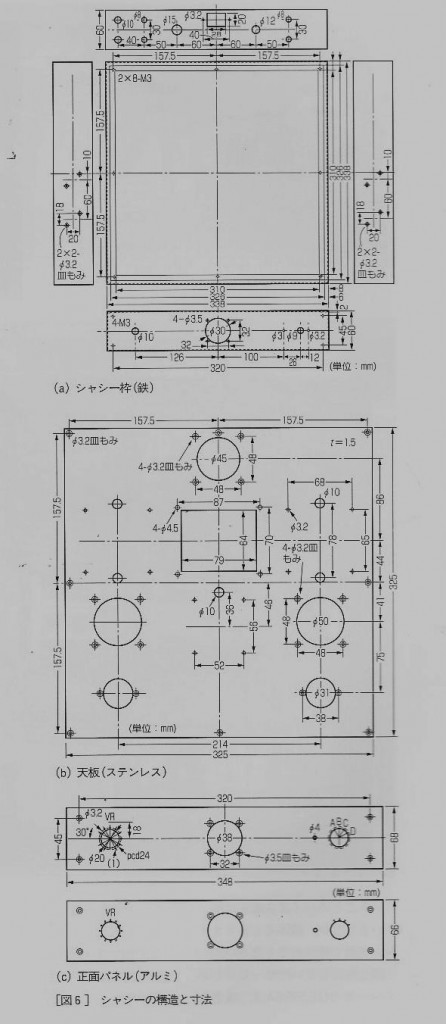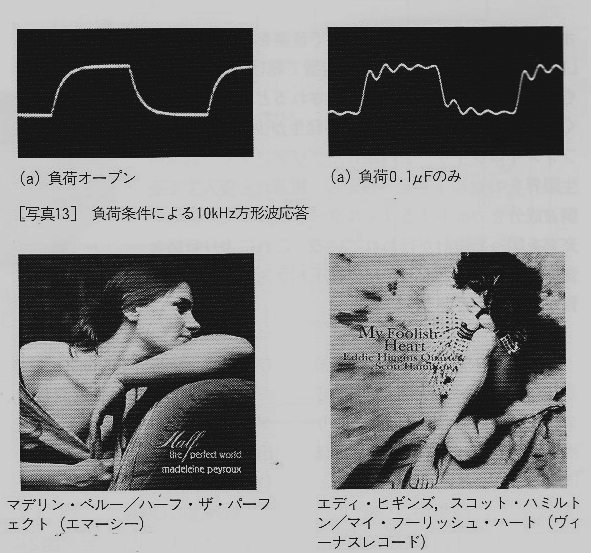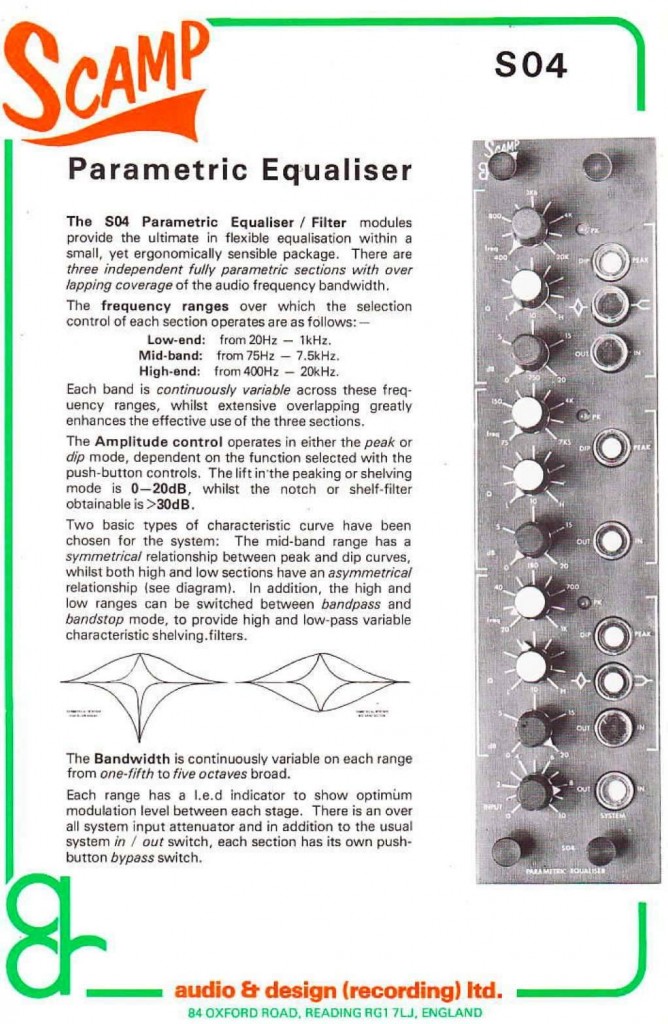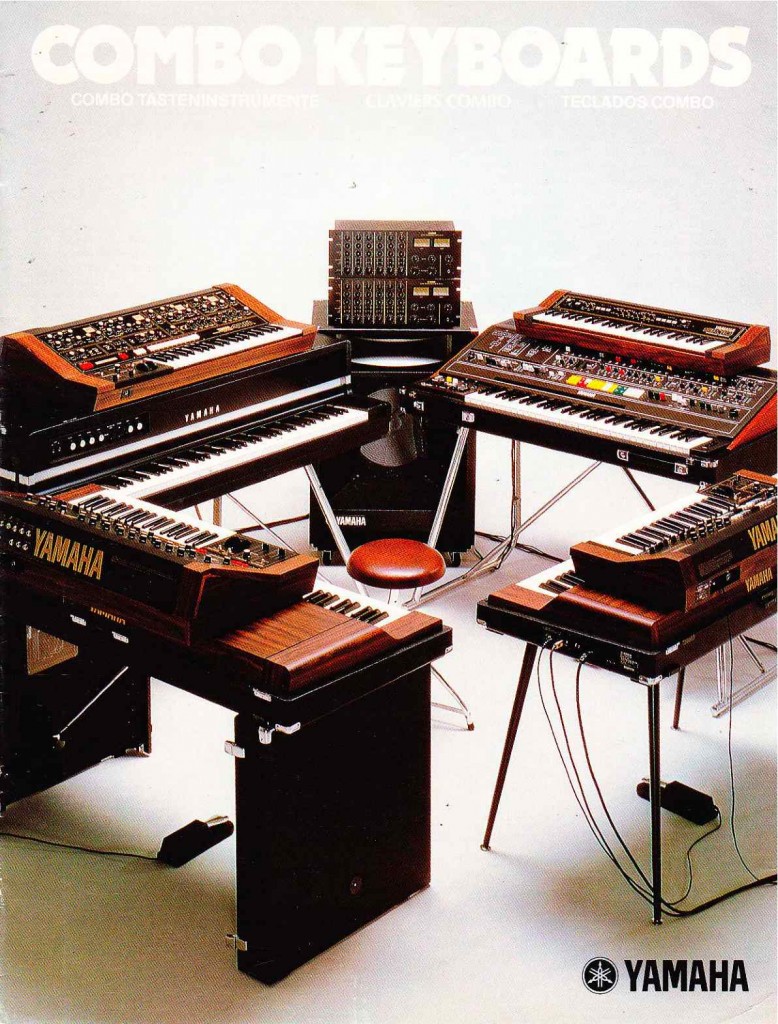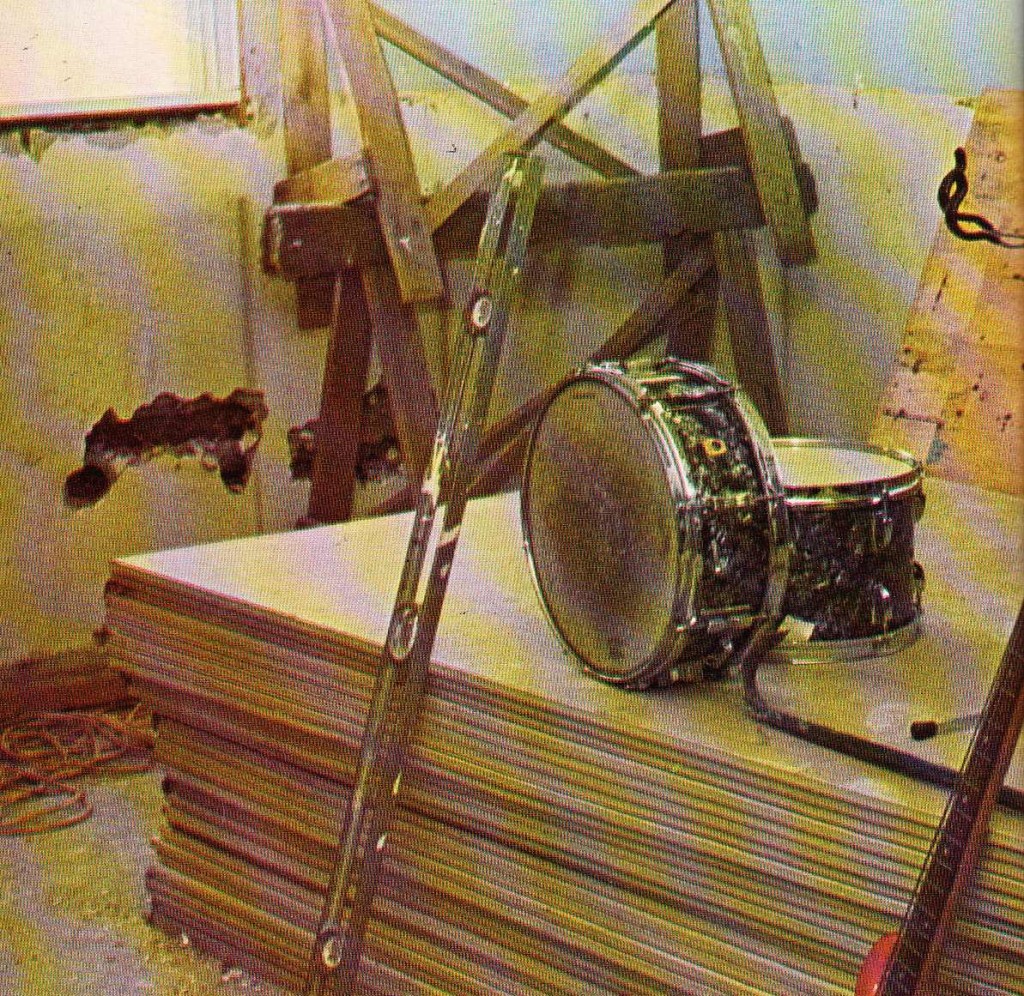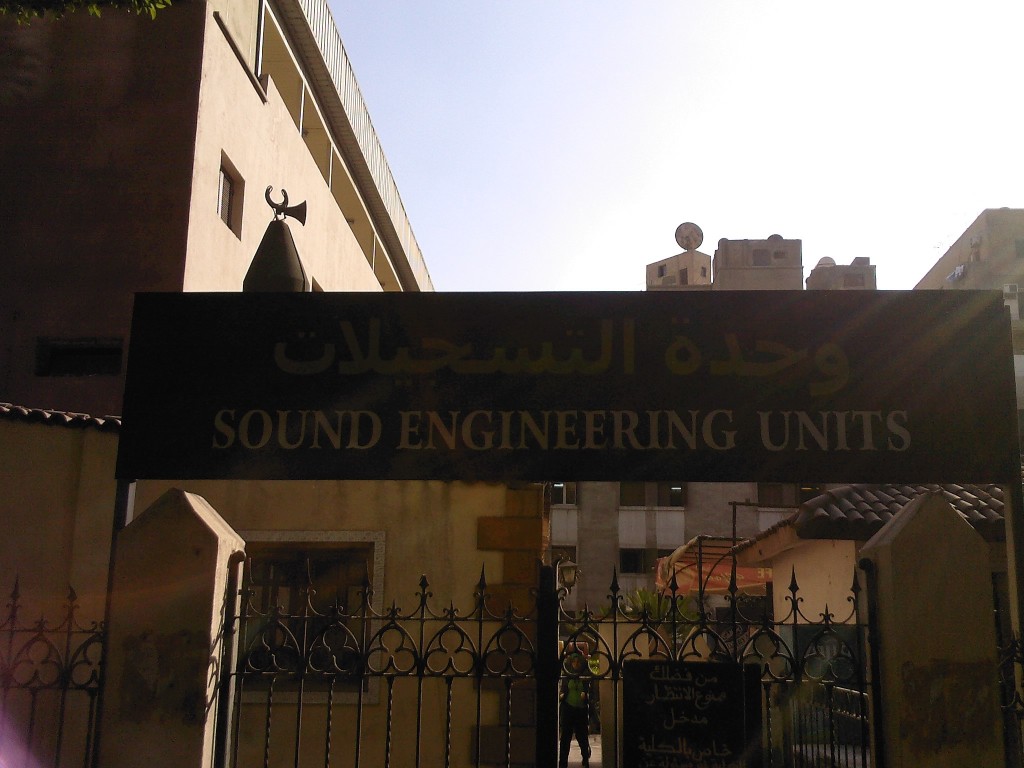
I wrote briefly about Cairo Egypt in an earlier post. As usually happens on our vacations, I try to seek out whatever regional audio-oddities I can. Cairo did not offer much in this regard, but I managed to find a few items of interest.
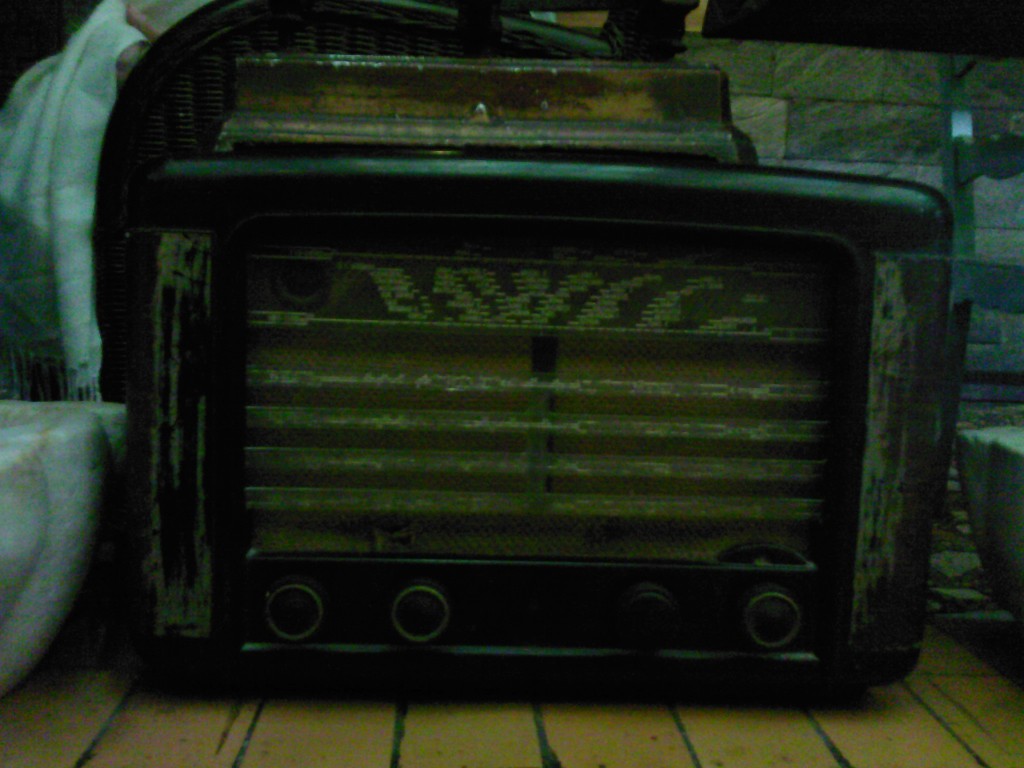
Most of what I came across was public-address equipment and rudimentary recording gear. This caught my eye in a shop beneath a highway overpass in the center of the city.
 It was a new microphone in a shopworn box. It cost me about $15. Meet the Shour Beta 57.
It was a new microphone in a shopworn box. It cost me about $15. Meet the Shour Beta 57.
Look familiar? Yes it does. Today we will take a listen to this marvel of copyright infringement and see how it compares to it’s Shure-brand inspiration.
*************
*******
***
 When is an object a copy? What defines a fake versus an imitation? Deception, or the desire to deceive, is certainly a factor. I think that our friends as Shour INC probably had deception in mind, especially since Roman characters are likely as inscrutable to most Egyptian residents as Arabic is to me.
When is an object a copy? What defines a fake versus an imitation? Deception, or the desire to deceive, is certainly a factor. I think that our friends as Shour INC probably had deception in mind, especially since Roman characters are likely as inscrutable to most Egyptian residents as Arabic is to me.

 There is no Shour dot com, btw. And there is absolutely nothing on Google relating to Shour Microphones. It’s not a bad attempt at a name, though. Sort of suggests ‘Shure’ (the world’s best-known microphone manufacturer) and ‘Shout’ (the most basic of spoken signals) combined into one convenient brand.
There is no Shour dot com, btw. And there is absolutely nothing on Google relating to Shour Microphones. It’s not a bad attempt at a name, though. Sort of suggests ‘Shure’ (the world’s best-known microphone manufacturer) and ‘Shout’ (the most basic of spoken signals) combined into one convenient brand.
 I think the fact that they actually go so far as to tout (highly doubtful) Mexican manufacture (as actual Shure mics are made in Mexico) is pretty telling. I am going to assume that the Shour was birthed in China, but I have no way of knowing. Oh and no word on the availability of the rest of the Shour line. OK! On to the sound.
I think the fact that they actually go so far as to tout (highly doubtful) Mexican manufacture (as actual Shure mics are made in Mexico) is pretty telling. I am going to assume that the Shour was birthed in China, but I have no way of knowing. Oh and no word on the availability of the rest of the Shour line. OK! On to the sound.
 I did not have a Shure Beta 57 in the house today, so I used a regular Shure SM57, which I imagine sounds pretty similar… I think the polar pattern rather than frequency response is more of a factor in distinguishing an SM 57 from a Shure Beta 57 (Cardiod vs Hypercardiod).
I did not have a Shure Beta 57 in the house today, so I used a regular Shure SM57, which I imagine sounds pretty similar… I think the polar pattern rather than frequency response is more of a factor in distinguishing an SM 57 from a Shure Beta 57 (Cardiod vs Hypercardiod).
Despite having an XLR-M output jack, the Shour is a high-Z, unbalanced mic. Connecting it to the DI input of the MBOX and cranking the gain resulted in audible digital inteference noise (sounded similar to iPhone interference), so in order to nullify this, I instead used a direct-box inline. This DI is one of my own, from a series that I built using 1970’s AKG UT-330 matching transformers.
OK here’s the sound clips. Have a listen. First, the SM57.
Shure_SM57
…and now the Shour (through the Direct-Inject box):
Shour_Beta_57A
A few things are obvious: The Shure 57 has much better low-end response evident, even with the signal being an acoustic guitar mic’d at 2-feet. I would imagine that if you stuck these mics on a bass guitar amp or floor tom, the difference would be much more dramatic. On the other hand, this could be due to the Direct Inject box, and not the mic itself. I have never measured the response of this DI box.
The other clear difference is the noise level. Since I am using the DI box, I needed to boost the gain on the Shour input to 100%. Anyone who has used an M-Box will know that this basically creates a White-Noise-Generator. Those preamps are terrible.
 Overall, though, the basic sound is similar. I was surprised. Of course, there are a whole wealth of other characteristics that distinguish microphone quality, such as feedback resistance, durability, and SPL handling ability, but I think it’s safe to say that I got my full $15 worth of microphone here.
Overall, though, the basic sound is similar. I was surprised. Of course, there are a whole wealth of other characteristics that distinguish microphone quality, such as feedback resistance, durability, and SPL handling ability, but I think it’s safe to say that I got my full $15 worth of microphone here.
Anyone have a similar knock-off mic story?
 Hammond Times was published by the Hammond Organ Company from around 1938 through at least 1962 (the last issue that I have personally seen is 1962). Click on the link below to download the 12-page issue Vol XV, No. 11, from March of 1953.
Hammond Times was published by the Hammond Organ Company from around 1938 through at least 1962 (the last issue that I have personally seen is 1962). Click on the link below to download the 12-page issue Vol XV, No. 11, from March of 1953.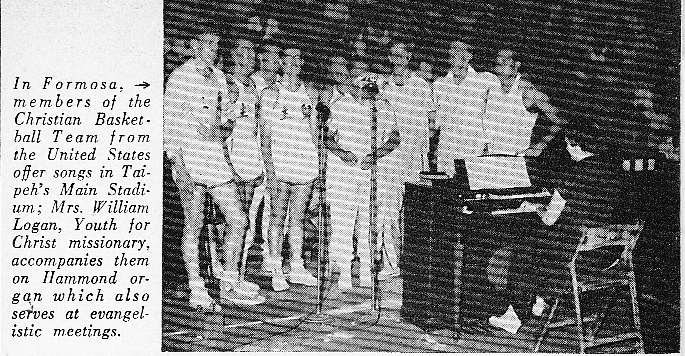 The Hammond Organ’s incredible sound (owing in large part to the rotating Leslie speakers that often amplified it) was intended to be the sound of the heavens… the sound of the Lord. What better way to bolster your Rock-anthem than with the Chords Of God. It’s adaptation to RocknRoll was inevitable.
The Hammond Organ’s incredible sound (owing in large part to the rotating Leslie speakers that often amplified it) was intended to be the sound of the heavens… the sound of the Lord. What better way to bolster your Rock-anthem than with the Chords Of God. It’s adaptation to RocknRoll was inevitable.